Red spider mites and cannabis
List of contents
- Identification of red spider mites
- Mechnical control of spider mites
- Chemical treatments against spider mites
- Application of insecticides on cannabis crops
- Biological pest control for spider mites
- Phytoseiulus Persimilis
- Amblyseius Californicus (o Neoseiulus Californicus)
- How to use natural predators against spider mites
- Comparison of different methods to combat spider mites
In a previous article we introduced microscopic mites, a very serious pest which affected a crop of Amnesika 2.0. Today we present you another pest that can become a real threat to our plants, red spider mites.
We will learn how to identify and treat a plague of these insects that infected an Orange Candy crop from one of our customers.

Identification of red spider mites
Here you have a video where you can easily detect spider mites on cannabis buds.
This parasite absorbs the content of the plant cells to feed themselves. The first symptoms are tiny white/yellow dots on the surface of the oldest leaves. The spider mites are normally found on the underside of the leaves. Normally, spider mites develop discreetly in vegging grow rooms, although during flowering they can colonize the whole plant and ruin the buds, and they'll start creating a "spider web" that will cover the whole plant as soon as they form a considerable population.
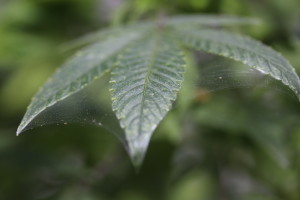
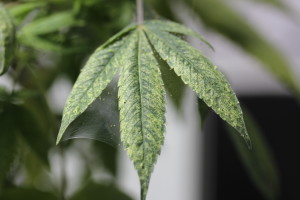
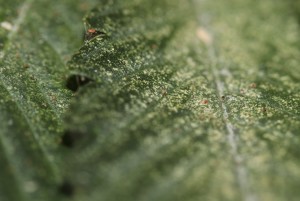
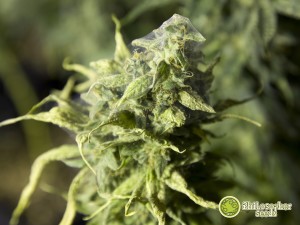
This type of mites are especially fertile. The female can lay 2-10 eggs each day, depending on species. They need around 4 days at 30ºC to hatch, 22 days at 15ºC. Thus, the propagation of these insects greatly depends on environmental temperatures. The higher the temps, the faster the colony grows.
New generations of spider mites are capable of layinf eggs in just 3-10 days from hathcing. The worst news are that females must be fertilized only once to lay eggs throughout their life, with a proportion of 2-3 females per each male. Thus, the threat with these insects grows exponentially.
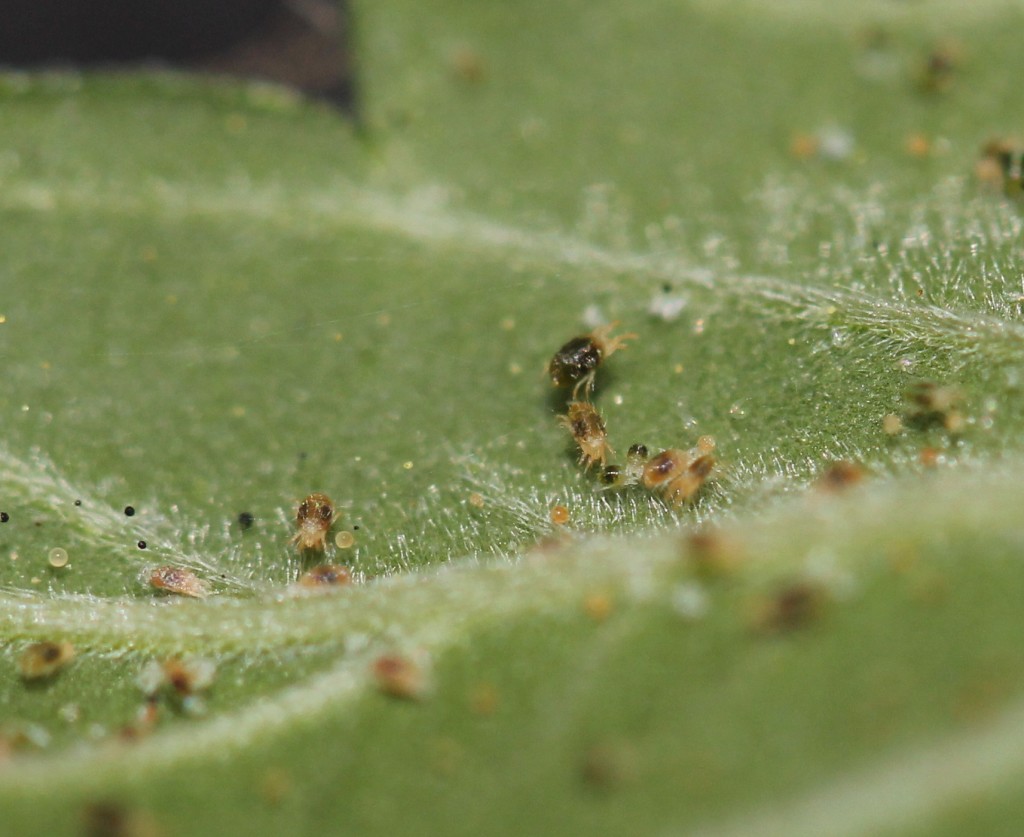
However, many other insects feed on spider mites, so we must take into account that using broad spectrum insecticides may harm their natural predators.
An excess of nutrients (especially nitrogen) can also promote their growth. Too much nitrogen softens the plant tissues, while potassium improves sugar secretion...in short, there are plenty of factors that can make our plants really attractive to these insects.
Mechnical control of spider mites
Using a vacuum cleaner can help to get rid of many adults and webs (must be performed gently). Remember to throw away the content of the cleaner when you're done. A sponge soaked in a solution of water and alcohol (5%) can also be useful to clean off the leaves and remove webs and eggs.
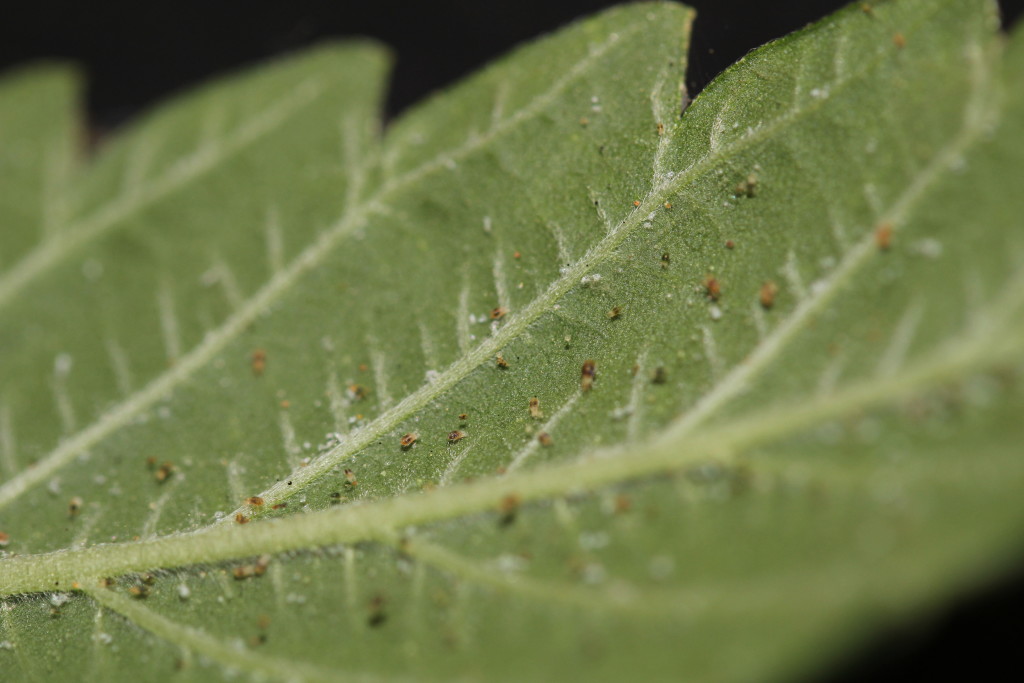
Chemical treatments against spider mites
There are plenty of very efficient systemic insecticides on the market today. Still, their use is subject to strict phytosanitary rules which we must carefully follow, even prolonging the safety periods provided by the manufacturers.
Still, we understand that treating this pest can be really hard - especially in summer - so here we provide a list of active principles which are useful against spider mites. You just have to look for the commercial names of these substances. Remember to check if they are legal in your residence country.
As we mentioned, these insecticides must be used as the last option and the safety period should be prolongued for some extra days/weeks. You should also use different substances so spider mites do not develop tolerance to a certain molecule.
Application of insecticides on cannabis crops
Using some moistening agent (like potassium soap) will greatly improve the properties of the active principles used. You can also use products formulated to kill the eggs about 24-48 hours after using another product against adults.
Handling these products can be dangerous for your health. We recommend using the corresponding safety measures: goggles, gloves, mask, etc.
Efficient active molecules: tebufenpyrad, deltamethrin, abamectin, pyridaben.

Biological pest control for spider mites
First, a number of natural molecules can help us to treat an infestation of spider mites, although completely eradicating it can be truly hard only with these substances.
- Pyretrins are found on several plants (chrysanthemum) and is available in different forms and preparations approved for organic farming. It attacks the neurones of the insects but is sentitive to light, so using them at dusk is recommended.
- Cinnamon extracts also have acaricide properties
- Neem oil is useful to kill eggs and larvae
All these molecules have contact action, they kill the mites when they touch the insects. We recommend using them to reduce the population of spider mites prior to the introduction of natural predators, never afterwards.
As we already mentioned, plenty of insects feed on spider mites. The most popular and efficient ones are Phytoseiulus Persimilis and Amblyseius Californicus.
Phytoseiulus Persimilis
Is also a mite in the Phytoseiidae family, particularly efficient and voracious against spider mites. Each individual can eat up to 7 adults or 20 eggs per day. They need high humidity levels to grow (70%) and a temperature range from 20 to 30ºC. Its life cycle lasts for around 30 days, and goes from egg to adult in just one week. Each female lays 54 eggs during her life, with a proportion of 4 females per each male. Thus, their population can be multiplied by 44 on each generation (17 days). When there are no more spider mites to eat, they feed on themselves and finally dissapear naturally.

Amblyseius Californicus (o Neoseiulus Californicus)
Is another mite that can be used to combat spider mites. It goes through 5 stages during its life (egg, larva, protonymph, deutonymph and adult). This cycle can be completed in around 4 days at 29ºC. They are useful in a wide range of temperatures (8-35ºC), although the growth will be seriously reduced if temperatures drop below 10ºC and humidity raises abopve 60%.
The adult predator lives for 20 days and lays 3 eggs each day during 2 weeks. They can eat up to 5 adults per day and some eggs and larvae. They live much longer than the former without any food source, even feeding on pollen. They are also highly resistant to pesticides.
Due to their capacity of living without preys they are very useful as preventive predators, but also when dealing against a colony of spider mites.
How to use natural predators against spider mites
These predators are available through a number of companies specialized in biological control. Shipping conditions and availability can depend on suppliers and time of the year. They are living organisms, so they may be harmed during transportation if environmental conditions are adverse (too much cold or heat).You should also choose the fastest shipping method available to ensure that you'll receive these organisms in good condition.
Predators usually come in bottles of 500, 1.000 or 2.000 individuals with sawdust or vermiculite.
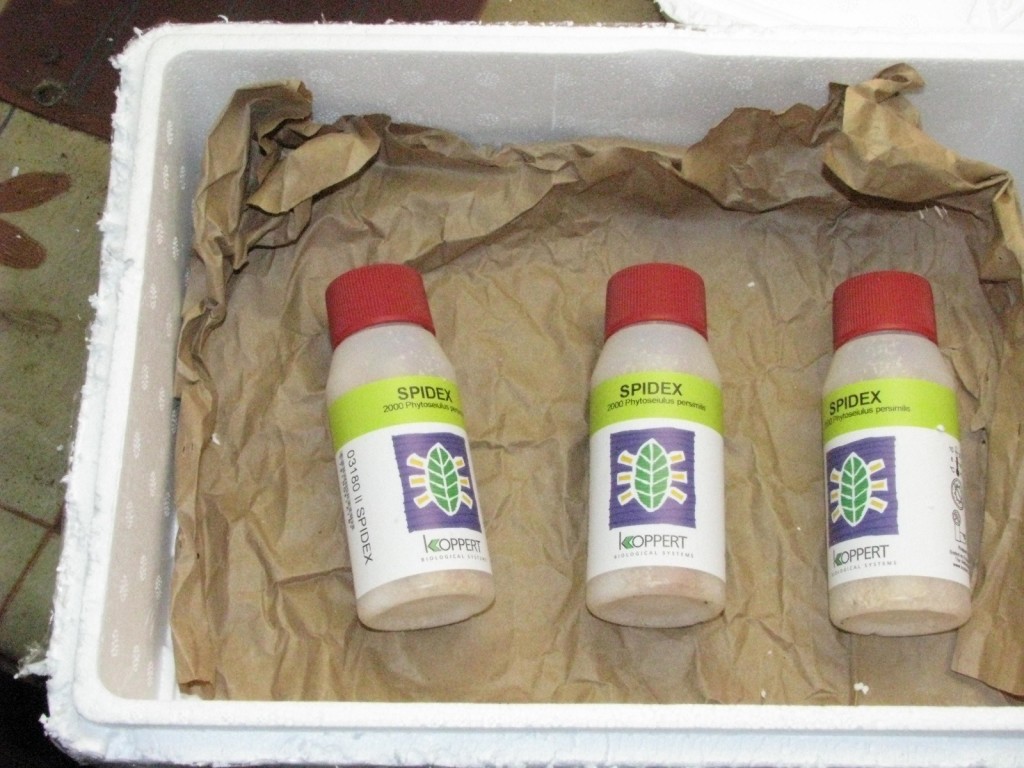
The application protocol is as simple as shaking the bottle to stimulate the activity of the organisms and pouring the content directly on the plants, especially where the spider mites are found.
Comparison of different methods to combat spider mites
Using phytosanitary products forces us to perform several applications which in fact improve the spider mites resistance against these compounds. On the other hand, natural prevention and predators allow us to keep a balance in our garden, either indoors or outdoors. They also protect the environment since no harmful substances are used.
Above all, the golden rule is always keeping the garden clean and regularly check the plants for symptoms of pests or diseases. If systemic products are to be used, try to apply them exclusively on vegging plants and never on plants which will be later consumed.
If systemic products are used on plants that are about to bloom, always try to extend the safety period provided by the manufacturer (some compounds may take months to completely dissapear from the plant's system).
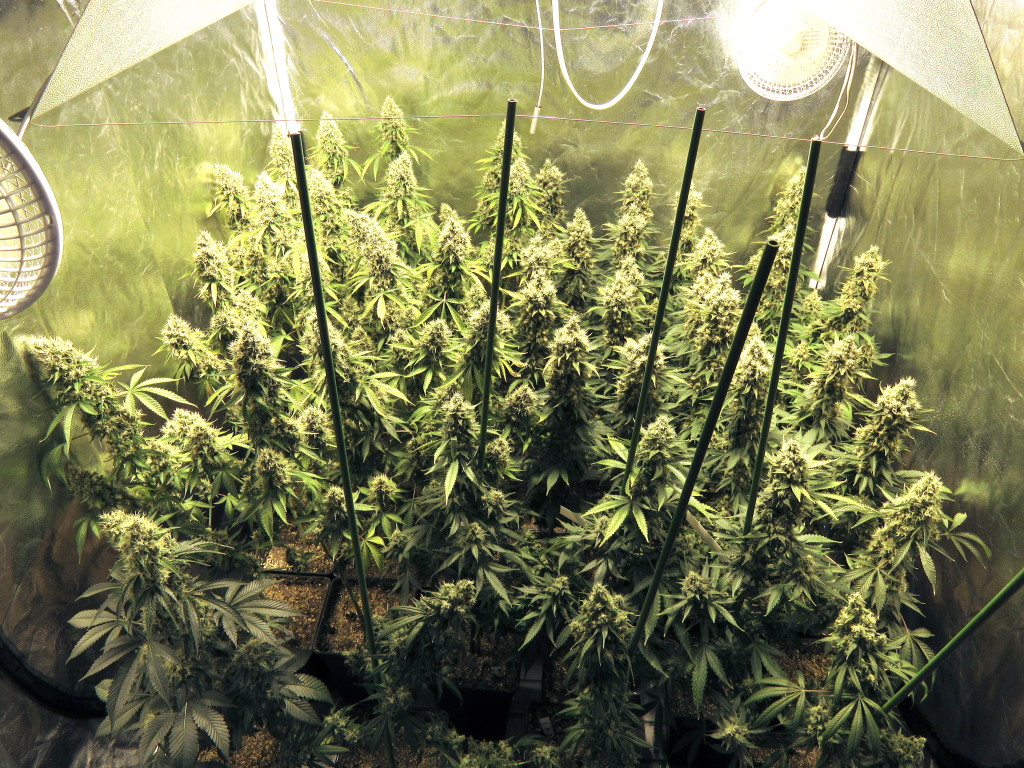
As we always say, prevention is crucial, since it allows the grdener to get rid of pests and other problems before they become a genuine threat to our plants. The sooner we act, the less problems we'll have in the future.
We hope this article helped you to identify and treat spider mites. If you have further questions, please leave them here and we'll reply them as soon as we can.
Haappy harvests!






